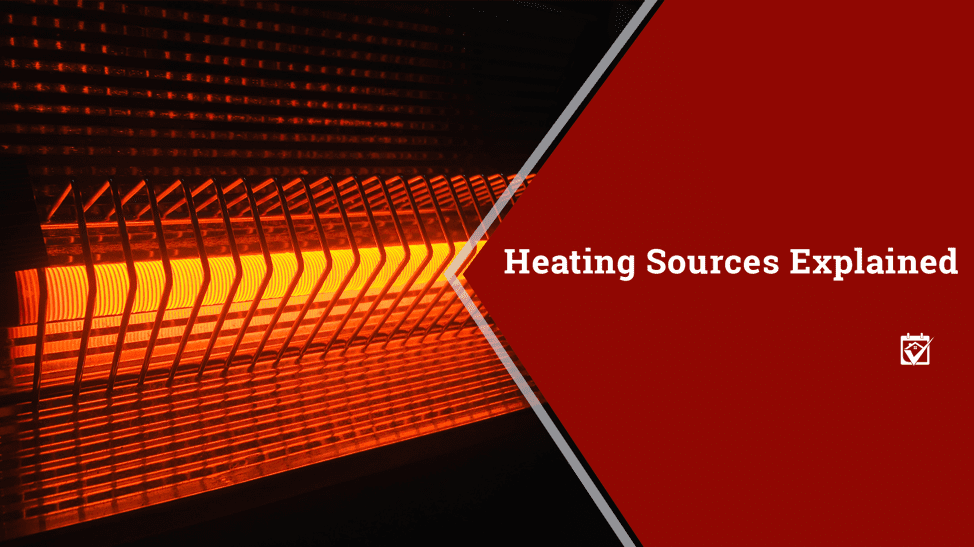
Tips for Surviving a Home Remodel
September 22, 2019
Fall Clean Up
October 4, 2019There are a lot of different options available when it comes to heating your home. Some of them, you’re likely really familiar with, while others are newer options that you may not have heard of. Regardless, understanding how different heating options work is an important part of deciding how to best heat your home. Whether you’re building the home of your dreams or just remodeling your existing home, here’s some info on some of the heating options you might encounter.
Gas Heat
As the name implies, gas heat means that your system produces heat by burning a flammable gas (typically propane or natural gas). Depending on where you live, the gas either comes from a city-supplied utility line or a standalone tank that sits on your property. The heater functions by adjusting the gas passing through the heating chamber to make flames larger or smaller, controlling the amount of heat the flames release into the air that passes through the chamber. Propane heat may also come in other forms, such as gas fireplaces that serve a decorative purpose, as well as providing localized heat.
Forced Air
A forced-air system is one that uses fans or other blowers to move air over a heating element and throughout the heating system’s ductwork. These are some of the more common heaters that you will encounter, as variations of forced air heating are used in most central heat and air systems and in many portable heaters.
Baseboard Radiators
There are a few different types of baseboard radiators that you might encounter. These heaters sit at or around floor level around the edges of a room, generating heat and allowing it to rise naturally throughout the room or house. Different materials are used in these heaters, with more modern varieties using pipes filled with heated oil to hold and radiate heat at a lower power cost than similar heating options like older, electric floor radiators.
Radiant Heat
An increasingly popular option for heating the home comes in the form of radiant heat flooring. A closed liquid heating system is embedded in concrete or other flooring material, heating the floor itself and allowing that heat to radiate upward naturally to provide gentle heat over a larger area without the need for high energy costs. There are a wide range of radiant heat options available, including everything from electric heating to systems that are heated from a wood stove outside of the home.
Solid Fuel Heaters
Also referred to as “pellet stoves” or “biomass heaters”, solid fuel heaters are stoves or other heating units that burn solid materials such as wood pellets or shavings instead of liquid or gas fuels. This is seen as something of a green option for homeowners who want to use wood and other materials that would otherwise be considered waste by the forestry industry. The fuel pellets or shavings are loaded into the heater and released into the burning chamber gradually, providing more control over the temperature and heat intensity than you would have with traditional wood-burning stoves.
CHP Systems
An emerging technology, “combined heat and power” or CHP heating systems are designed to be another environmentally-friendly heating option. These systems use a generator that produces power for the home or other buildings on the property, then reclaims heat energy released by the generator to heat the home. These systems are not yet available in all areas and may not be for everyone since they do provide more than just heat. For those planning for the future, however, keeping an eye on CHP systems may be a way to heat the home while simultaneously reducing dependence on external power.
Turn Up the Heat
If you aren’t sure what type of heating system is best for your needs, I am here to help. I have trusted vendors that can help you with this and all your home needs.
Your Realtor from the beginning and beyond!




